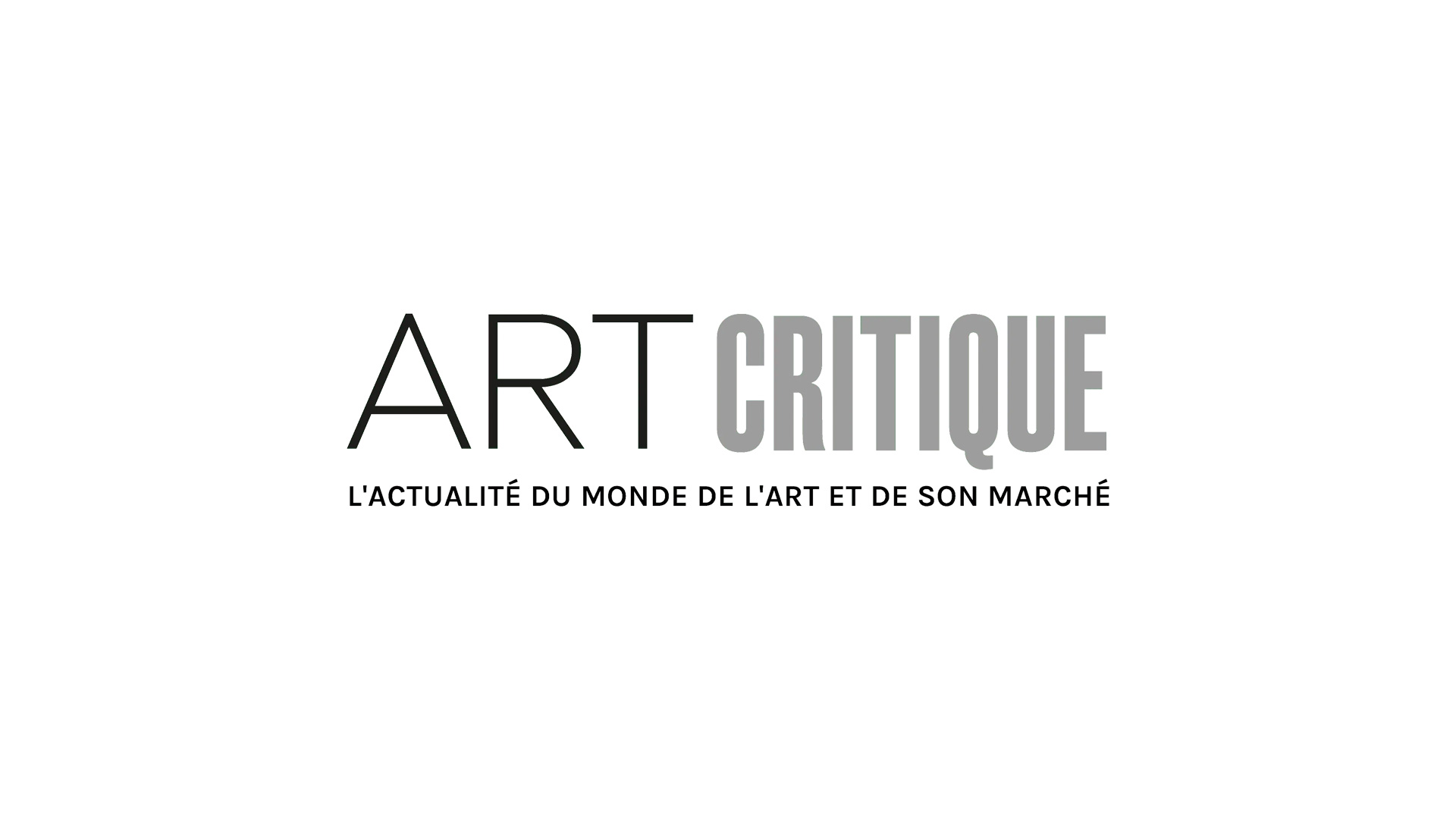Visiting a museum is simply off the table for the foreseeable future for many of us around the world. Everything feels uncertain – for museum-goers, those working in the art sector, and artists alike. To help bring art to the masses, though, is Smartify, an app that was created to provide more information but now seeks to provide more art, full stop, and for now, it’s free.

The app has been around since 2017 when four friends wanted to make art more accessible. “We started with around 30 museums, predominantly in the UK, and now we’re global with 2m artworks and we are the world’s most downloaded museum app,” said Anna Lowe, one of Smartify’s co-founders in an interview with The Guardian.
To use Smartify, you snap a picture of the artwork they’re looking at and it cross-references the image with their database to provide you with information on the artworks, its history, and the artist who created it. When it launched at the Royal Academy of Arts in London, it was described as the “Shazam for the art world,” and included works from major galleries and museums including the Rijksmuseum, New York’s Met Museum, and the LACMA in Los Angeles.
Smartify thus provided a more holistic understanding of the art in its database that what can be fit onto museum identification plaques. From there, the app grew and morphed into its current platform, which includes video and audio tours, some which are free, and others that are paid-for content, depending on the museum and the exhibition. It provides information on arts venues and even allows you to throw a famous artwork, the Mona Lisa, for example, onto your own wall (virtually of course). And now, given the current state of affairs, Smartify is offering the content of their app free of charge, meaning homebound audiences can tap into Smartify’s collection without worrying about the cost.

The app is also working with museums to make exhibitions that have closed due to COVID-19 viewable for audiences around the world. The Museum of London plans to release an audio tour of “Clash: London Calling” while the Watts Gallery-Artists’ Village has been able to continue an exhibition on art critic John Ruskins, which shuttered a week after it began, through the app. The Lowry, based in Salford, and Waddesdon Manor in Buckinghamshire, are both expected to release tours in the near future, as well.
“Obviously,” continued Lowe, “we have seen a change in the way the app is used. We started the app from a love of visiting museums and galleries and seeing and connecting with art. At times like this, really strange times, people look to art and music and culture for inspiration, solace … a sense of normal. Anything we can do to help that and help people access art and culture is important at a time like this.”
It’s one of the many ways in which the art world is adapting to a new norm. For a field that often relies on people coming to see art, the importance of accessibility and the ability to see art without physically leaving the house has become necessary. Museums, galleries, and fairs have scrambled to figure out how best to bring art to the masses. Meanwhile, confined to their homes, millions of people are seeking out new ways to experience what they often take for granted. It seems, for now, apps, live streaming, AR, VR, and XR might just be the way forward.





